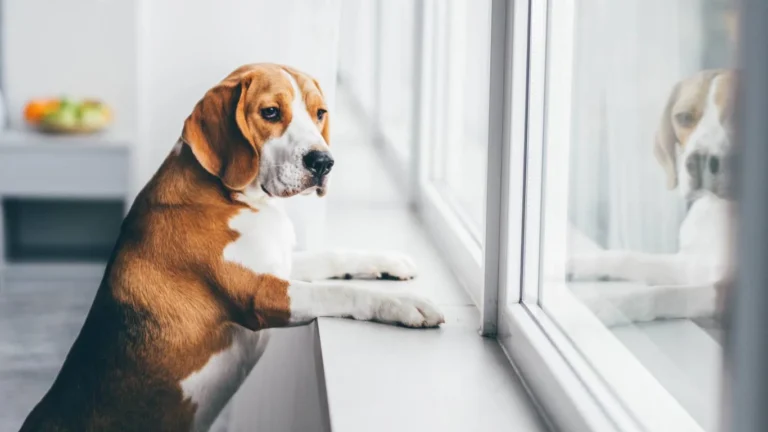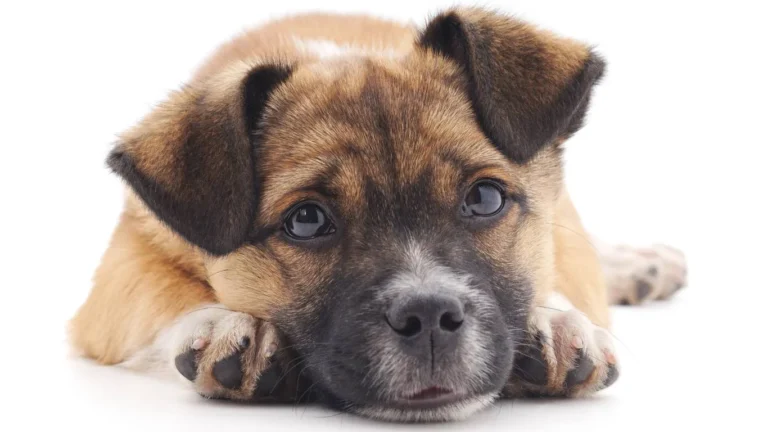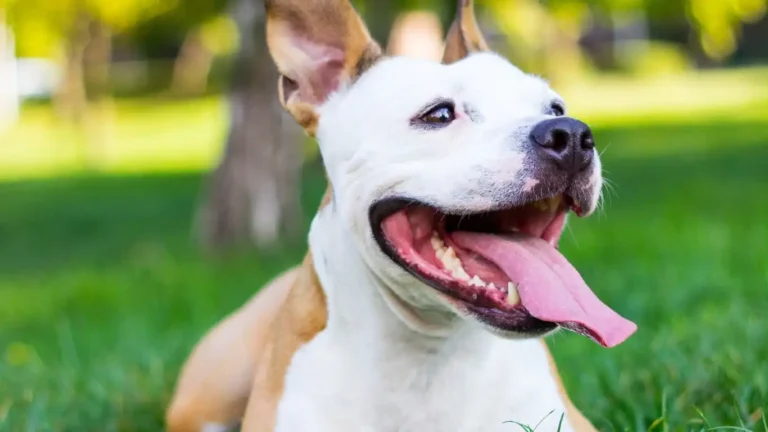Shocking Reasons Why Your Dog Is Drinking Too Much Water
Have you noticed your dog drinking water like there’s no tomorrow? As a pet nutritionist working in veterinary clinics, I’ve seen countless worried pet parents walk in, puzzled about why their furry friend is suddenly gulping down water excessively. So, what causes excessive thirst in dogs? Well, the answer isn’t always straightforward—it could be something as simple as warm weather or as serious as an underlying health condition. Let’s dive deep into the possible reasons your pup might be extra thirsty and when you should be concerned.
Understanding Normal vs. Excessive Thirst in Dogs
Before panicking, it’s important to understand what’s normal when it comes to your dog’s water intake. Just like us, dogs need to stay hydrated, and their water needs vary based on size, activity level, and diet.
How Much Water Should a Dog Drink Daily?
On average, a dog should drink about one ounce of water per pound of body weight each day. That means a 50-pound dog typically needs around 50 ounces of water (about 6 cups). However, this amount can fluctuate based on different factors:
- Diet: Dogs on dry kibble diets tend to drink more than those on wet food.
- Activity Level: More exercise = more thirst.
- Weather Conditions: Hotter days lead to increased water intake.
- Medication: Certain drugs can cause increased thirst.
If your pup occasionally drinks more on a hot day or after a long walk, that’s completely normal. But when the water bowl seems to empty faster than usual for no clear reason, it’s time to investigate.
 Common Causes of Excessive Thirst in Dogs
Common Causes of Excessive Thirst in Dogs
Now, let’s get to the heart of the issue. Excessive thirst, also known as polydipsia, can be caused by various factors, ranging from harmless to serious health concerns.
1. Dehydration: The Most Obvious Reason
Sometimes, the simplest explanation is the right one. Dehydration can sneak up on dogs, especially during summer or after strenuous activity.
Signs of dehydration in dogs:
- Dry gums and nose
- Loss of skin elasticity (try the pinch test!)
- Lethargy or excessive panting
If your pup is showing signs of dehydration, offer fresh, cool water in small amounts to avoid overloading their system.
2. Hot Weather and Increased Activity
When the sun’s blazing, dogs cool off by panting, which leads to fluid loss. If your pup has been playing outside or going on longer walks, their body naturally craves more water.
Tip: Always bring a portable water bottle for your dog when heading out, especially in warm climates.
3. A High-Sodium Diet
Have you been sharing some salty snacks with your pup? Dogs that consume high amounts of sodium (from treats like chips or human food) will naturally drink more to balance out their body’s salt levels.
Too much salt, however, isn’t just a thirst-inducer—it can lead to sodium ion poisoning, which is serious. Symptoms include:
- Vomiting
- Diarrhea
- Tremors or seizures
Stick to a well-balanced dog diet and avoid giving your furry friend processed or overly salty human foods.
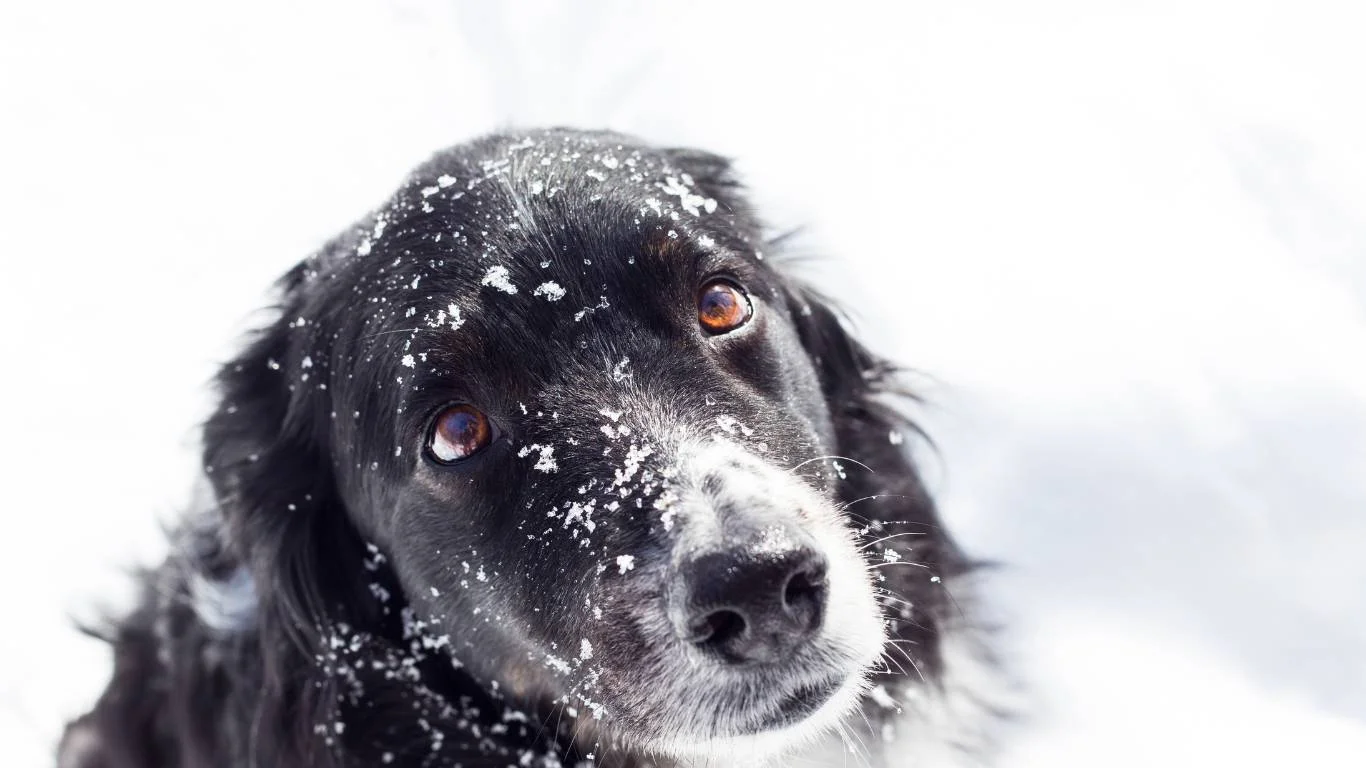 When Excessive Thirst Could Signal a Health Problem
When Excessive Thirst Could Signal a Health Problem
While some reasons for increased thirst are harmless, others could be red flags for underlying health issues. If your dog’s thirst is persistent and comes with other unusual symptoms, a vet visit is a must.
4. Diabetes Mellitus
Just like in humans, diabetes in dogs affects insulin levels, causing excessive thirst and urination.
Other signs of diabetes in dogs:
- Increased appetite but noticeable weight loss
- Cloudy eyes (common in older dogs)
- Lethargy or weakness
If you notice these symptoms along with excessive drinking, your vet may recommend blood tests to confirm diabetes and start appropriate treatment.
5. Kidney Disease
One of the first signs of kidney disease in dogs is an increase in thirst and urination. This happens because the kidneys lose their ability to concentrate urine, leading to fluid loss.
Other warning signs:
- Loss of appetite
- Bad breath (often described as an ammonia-like smell)
- Weight loss
Chronic kidney disease is more common in senior dogs, and early detection can help manage symptoms effectively.
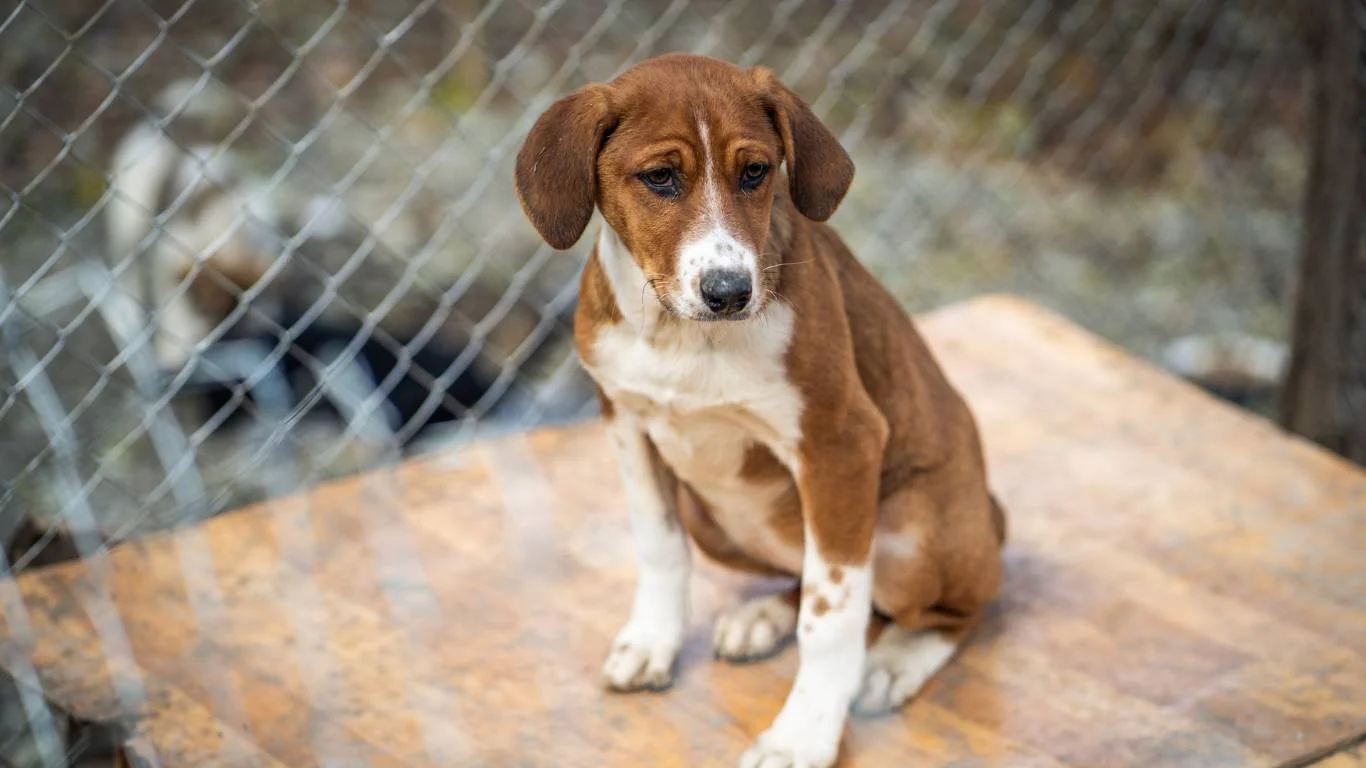 More Serious Conditions That Cause Excessive Thirst
More Serious Conditions That Cause Excessive Thirst
Beyond diabetes and kidney disease, several other conditions can lead to a dog drinking excessively.
6. Cushing’s Disease
Also known as hyperadrenocorticism, Cushing’s disease occurs when a dog’s body produces too much cortisol (a stress hormone). Excessive thirst is one of the hallmark signs.
Other symptoms include:
- Pot-bellied appearance
- Hair thinning or loss
- Increased hunger and frequent urination
If your dog shows multiple symptoms, diagnostic tests can determine if Cushing’s is the culprit.
7. Urinary Tract Infections (UTIs)
Bladder infections or urinary tract infections (UTIs) can cause increased thirst as the body attempts to flush out bacteria.
Watch for these signs:
- Frequent urination or accidents indoors
- Straining or discomfort while peeing
- Cloudy or foul-smelling urine
UTIs are common but treatable with antibiotics, so don’t delay a vet visit if you suspect an infection.
There’s still much more to uncover about why dogs drink excessively, from medication side effects to rare hormonal disorders. Stay tuned as we explore additional causes, prevention tips, and when to seek urgent care in the next section.
 When to Worry: Signs That Excessive Thirst Is a Red Flag
When to Worry: Signs That Excessive Thirst Is a Red Flag
So, we’ve covered some of the more common reasons why your dog might be drinking like they’ve been lost in a desert. But when does it go from “just a thirsty pup” to a serious concern? In my years working in veterinary clinics, I’ve learned that pet parents often wait too long to take excessive thirst seriously.
Key Warning Signs to Watch For
If your dog is drinking excessively and also showing any of these symptoms, it’s time to call the vet:
- Frequent Accidents Indoors: Sudden house-training regression could signal an issue.
- Increased Urination: More water intake means more peeing, but extreme changes could mean kidney trouble or diabetes.
- Loss of Appetite: A thirsty but food-avoiding dog? Not a good sign.
- Sudden Weight Loss or Gain: Could indicate endocrine disorders like diabetes or Cushing’s disease.
- Lethargy: If your normally energetic pup seems sluggish, dehydration or illness could be the culprit.
I’ve seen cases where owners assumed their dog was “just getting older,” only to discover that an underlying health condition was causing excessive thirst. Early detection can make a world of difference in treatment and quality of life.
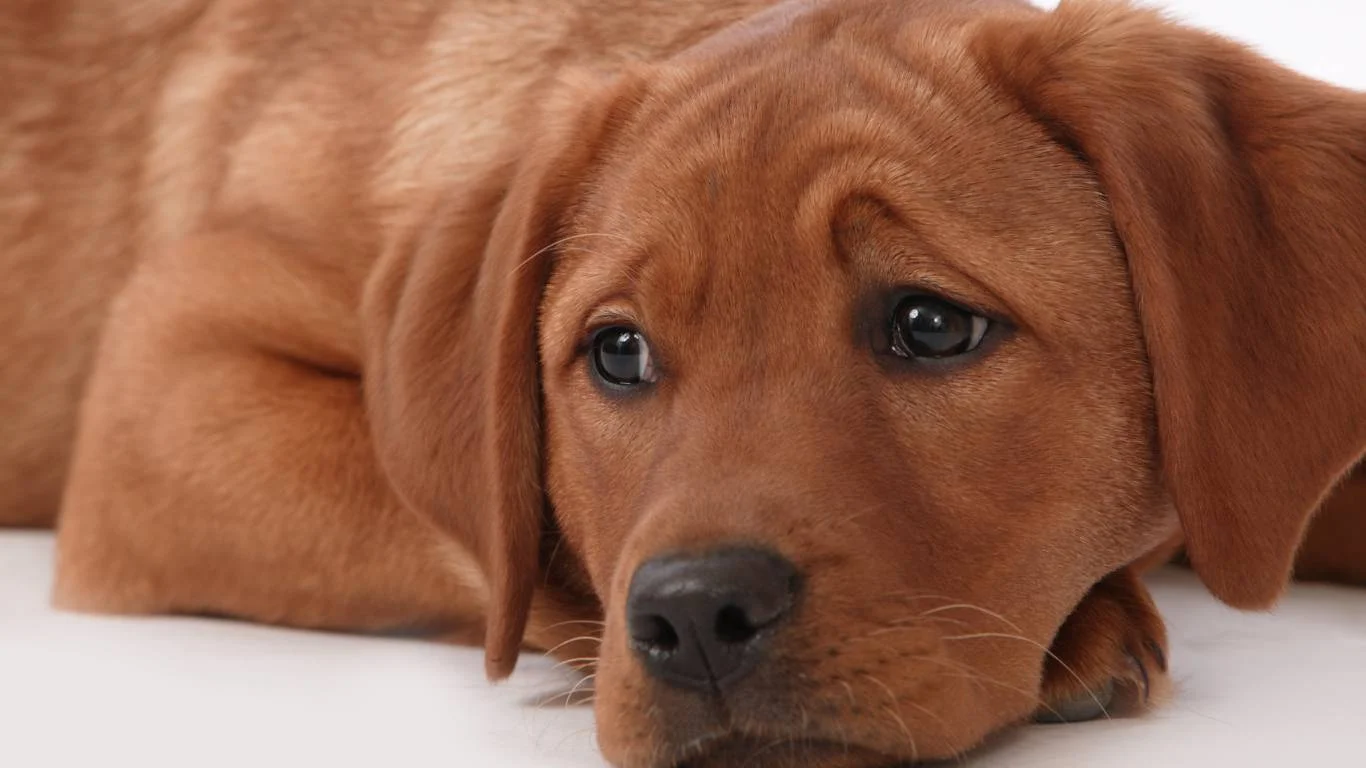 Medications That May Cause Increased Thirst
Medications That May Cause Increased Thirst
Another factor often overlooked is medication side effects. Certain prescriptions can cause an increase in water intake, and it’s important to know if your dog’s meds are playing a role.
Common Medications That Trigger Excessive Thirst
Some drugs that may cause increased thirst in dogs include:
- Diuretics: Often prescribed for heart conditions, diuretics help remove excess fluid but can also make your pup extra thirsty.
- Steroids (Prednisone, Cortisone): These are commonly used for allergies and inflammation but come with increased thirst as a side effect.
- Seizure Medications (Phenobarbital): Can cause both increased thirst and urination.
- Antibiotics: Some antibiotics, especially those treating urinary tract infections, may lead to temporary increased water consumption.
If your dog started a new medication recently and their thirst has skyrocketed, it’s worth a chat with your vet. They may adjust the dosage or suggest alternative treatments.
 How Vets Diagnose the Cause of Excessive Thirst
How Vets Diagnose the Cause of Excessive Thirst
When you bring your dog to the vet for excessive thirst, the goal is to pinpoint the root cause. This usually involves a combination of history-taking, physical exams, and diagnostic tests.
What to Expect at the Vet
Here’s what usually happens during a vet visit for excessive thirst:
- Detailed History: Your vet will ask about your dog’s drinking and urination habits, appetite, energy levels, and any other changes in behavior.
- Physical Examination: The vet will check for signs of dehydration, weight loss, or any abnormalities.
- Bloodwork: A complete blood count (CBC) and chemistry panel help detect diabetes, kidney disease, or infections.
- Urinalysis: A urine test can reveal infections, kidney issues, or signs of diabetes.
- Additional Tests: If needed, the vet might suggest hormone tests (for Cushing’s) or imaging like X-rays and ultrasounds.
Getting a proper diagnosis is key. I’ve seen cases where pet parents assumed their dog was drinking more due to old age, only to find out it was early-stage kidney disease. Catching it early allowed for proper management and extended the dog’s life significantly.
How to Manage and Prevent Excessive Thirst in Dogs
Now that we’ve covered the possible causes and diagnosis process, let’s talk about what you can do as a responsible pet parent.
Practical Steps to Manage Increased Thirst
Once your vet identifies the cause, management depends on the diagnosis. However, here are some general tips:
- Monitor Water Intake: Track how much your dog is drinking daily to spot any sudden changes.
- Adjust Their Diet: If feeding dry kibble, consider adding some wet food to provide extra hydration.
- Follow Your Vet’s Treatment Plan: Whether it’s medication for diabetes, kidney support diets, or lifestyle changes, stick to what your vet recommends.
- Avoid Excess Salt: Reduce salty treats and table scraps that might make your dog drink more.
- Provide Fresh Water: Always ensure clean, cool water is available—hydration is essential, even when excessive thirst is a concern.
One common mistake I see is restricting water in an attempt to control excessive drinking. Never do this! If your dog is drinking more due to a medical condition, they need that water to compensate for underlying issues.
There’s still more to cover, from prevention strategies to specific treatment options depending on the diagnosis. Stay tuned as we dive deeper into how to best care for a dog experiencing excessive thirst.
 Preventing Excessive Thirst in Dogs
Preventing Excessive Thirst in Dogs
By now, you probably understand that excessive thirst in dogs isn’t something to brush off. While some cases are due to harmless factors like heat or exercise, others may indicate serious health concerns. So, how do you prevent excessive thirst from becoming an issue in the first place? Let’s talk about proactive steps you can take to keep your pup healthy and hydrated.
Maintain a Balanced Diet
Nutrition plays a huge role in your dog’s overall health. I always advise pet parents to check the ingredient list on their dog’s food—many commercial brands sneak in excessive sodium, artificial preservatives, or low-quality ingredients that can trigger increased thirst.
Tips for a Hydration-Friendly Diet:
- Choose high-quality dog food with natural ingredients and appropriate moisture content.
- Incorporate wet food or add water to dry kibble to aid hydration.
- Avoid processed treats high in salt, like jerky or human snacks.
- Consider adding dog-safe broths for hydration support.
I’ve had pet parents switch to a better diet, and within weeks, their dog’s excessive drinking normalized. Simple changes can make a big difference!
Regular Vet Checkups
Routine veterinary visits are key to catching potential health issues before they spiral. Many of the conditions that cause excessive thirst—like kidney disease and diabetes—progress silently before showing symptoms. Early diagnosis can help manage or even prevent complications.
Schedule regular checkups at least once a year, and for senior dogs, twice a year is even better. During these visits, ask for routine bloodwork and urinalysis to monitor internal health.
Provide Clean, Fresh Water
It sounds simple, but ensuring your dog always has access to fresh, clean water is one of the best things you can do. Stale or contaminated water can discourage drinking, leading to dehydration—or worse, bacteria buildup that can cause illness.
Water Tips for Your Dog:
- Refill and clean their water bowl daily.
- Use a stainless steel or ceramic bowl (plastic can harbor bacteria).
- Encourage hydration with a pet water fountain (dogs love running water!).
- Bring water on outdoor adventures to prevent dehydration.
Many times in the clinic, I’d see dogs come in with mild dehydration simply because their water bowl was dirty or had been sitting out too long. Small habits matter!
 Treatment Options for Underlying Conditions
Treatment Options for Underlying Conditions
If your vet diagnoses an underlying condition causing your dog’s excessive thirst, treatment will depend on the specific issue. Here’s a general breakdown of common conditions and how they’re managed.
Managing Diabetes in Dogs
For diabetic dogs, insulin therapy is typically required. Your vet will guide you on administering insulin injections and adjusting your dog’s diet to stabilize blood sugar levels.
Additional management strategies:
- Feed a consistent, low-carb diet to regulate blood sugar.
- Establish a routine feeding and insulin schedule.
- Monitor for signs of low blood sugar, like weakness or shaking.
Many pet parents fear a diabetes diagnosis, but with proper management, diabetic dogs can live long, happy lives!
Supporting Dogs with Kidney Disease
Chronic kidney disease (CKD) requires careful diet management and hydration support. Vets often recommend prescription kidney diets that are lower in protein, phosphorus, and sodium.
Other kidney disease treatments:
- Subcutaneous fluid therapy for hydration support.
- Regular monitoring of kidney function.
- Medications to reduce protein loss and control blood pressure.
Many senior dogs develop CKD, and while it’s not curable, early intervention can slow progression and improve quality of life.
Treating Cushing’s Disease
If excessive thirst is due to Cushing’s disease, treatment typically involves medication like Trilostane to manage cortisol production. In some cases, surgery may be recommended if a tumor is involved.
Monitoring is key! Dogs with Cushing’s require frequent vet checkups to ensure medication is working correctly.
Final Thoughts: Stay Alert and Trust Your Instincts
As a pet nutritionist working in veterinary clinics, I’ve seen firsthand how easy it is to dismiss excessive thirst as “just a phase.” But if your gut tells you something is off, trust it! You know your dog better than anyone.
Keep an eye on their drinking habits, pair that with routine checkups, and be proactive in their health. Whether it’s a small diet tweak or medical intervention, taking action early can make all the difference.
References
- American Kennel Club (AKC) – Canine health & care tips
- ASPCA – Common pet health conditions
- VCA Animal Hospitals – Veterinary insights
Disclaimer
The information in this article is for educational purposes only and does not replace professional veterinary advice. If your dog is experiencing excessive thirst or any unusual symptoms, consult your veterinarian for a proper diagnosis and treatment plan.

